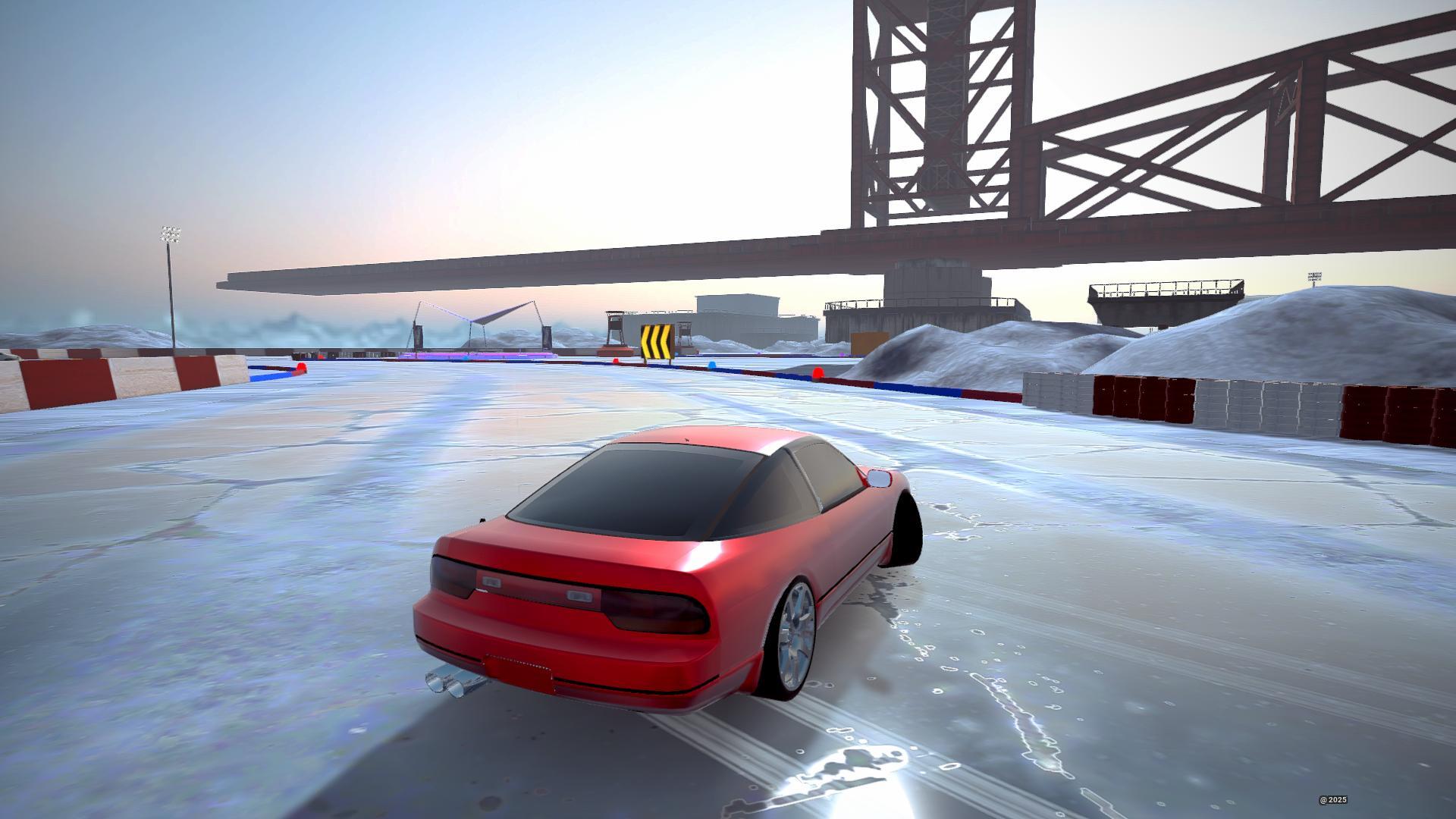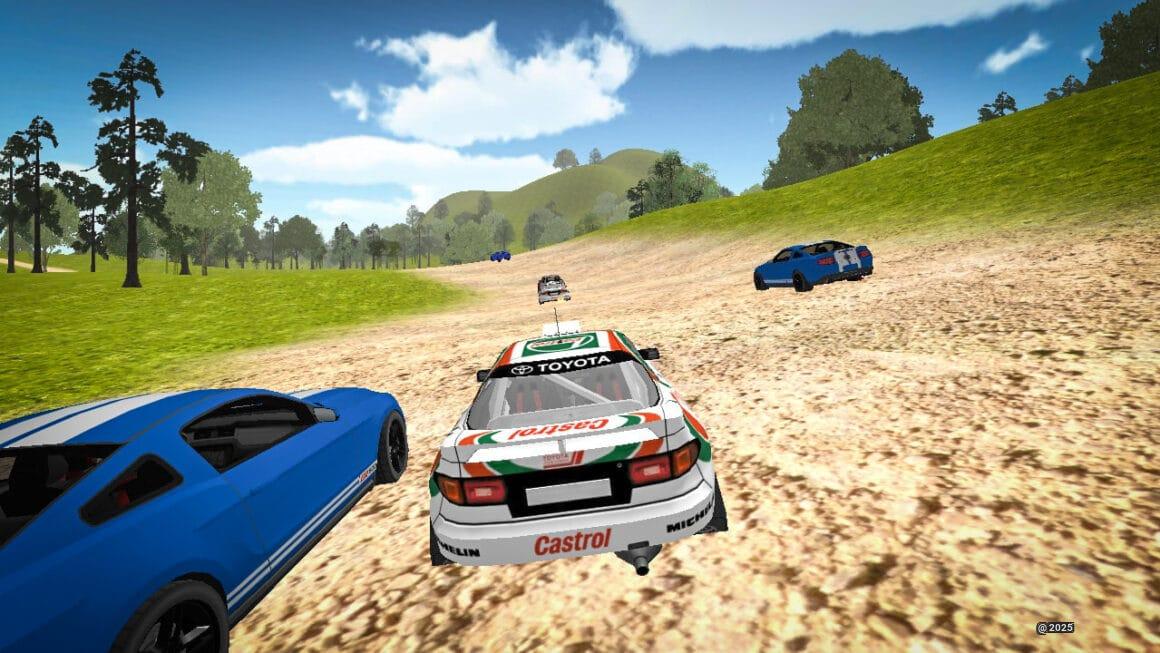Jetski Racing combines high-speed water sports with precision control and athletic skill.
Racing across churning waters at 65 mph, spray stinging your face as you wrestle 500 pounds of pure power through hairpin turns - this is the raw intensity of competitive Jetski Racing. This high-octane sport pushes both machine and rider to their absolute limits, demanding split-second decisions and nerves of steel.
The sport traces its roots to the 1980s when personal watercraft first hit the mainstream. Today’s professional races feature modified machines capable of incredible acceleration and agility, piloted by athletes who combine physical strength with technical mastery.
Key aspects of Jetski Racing:
- Speeds reach 65+ mph on straightaways
- Races combine circuit, slalom, and freestyle elements
- Riders face intense physical demands including G-forces
- Competition classes range from novice to professional
- Both stand-up and sit-down watercraft compete
Modern Jetski Racing blends raw speed with technical skill. Riders must read water conditions, master weight transfer through turns, and maintain perfect balance while controlling these powerful machines. The sport demands total focus - a single miscalculation can send both rider and machine flying.
Whether you’re drawn to the pure adrenaline rush or the technical challenge of mastering these incredible machines, Jetski Racing offers an experience unlike any other motorsport.
The combination of speed, skill, and strategy creates an addictive rush that keeps riders coming back for more.
Experience The Challenging Racing Of Jetski Race
Jetski Race puts you right in the driver’s seat of a powerful watercraft, where every wave and jump feels incredibly real. The physics engine makes your jetski respond just like the real thing, from the way it cuts through waves to how it soars through the air.
It’s all about timing and precision. When I hit a perfect jump at just the right angle, my jetski launches into the air like a rocket. But one wrong move, and I’m tumbling into the spray! The game uses advanced physics calculations to create realistic water behavior - you’ll see:
| Water Feature | Impact on Racing |
|---|---|
| Dynamic Waves | Changes racing line and affects speed |
| Wake Physics | Creates draft effects behind other racers |
| Water Resistance | Affects acceleration and handling |
The tracks are absolutely wild! I’ve raced through tropical paradises, stormy seas, and even arctic waters. Each environment brings its own challenges - rough waves in storms, ice obstacles in arctic races, and tight turns through tropical lagoons.
Challenging Elements In The Jetski Race Game
Here are the main obstacles that keep me on my toes:
- Moving Buoys: These bad boys bounce around in the waves
- Rock Formations: One hit and you’re losing precious seconds
- Rival Racers: They’ll try to cut you off or steal your line
- Rogue Waves: Random giant waves that can send you flying
The game’s difficulty ramps up naturally. I started on calm waters, but now I’m tackling courses that would make pro racers sweat! Each track introduces new challenges, forcing me to adapt my strategy constantly.
Tips To Win Jetski Race
Here’s what I’ve learned from hundreds of races:
Master The Start
- Hold accelerator at 75% power
- Watch the countdown timer
- Release at exactly “1”
Wave Management
- Use small waves as speed boosts
- Avoid large waves in turns
- Cut through wave peaks at angles
Advanced Techniques
- “The Dolphin”: Jump between waves for speed
- “The Slingshot”: Use competitor’s wake
- “The Skip”: Bounce off wave tops
Understanding Jetski Mechanics
The heart of winning races lies in knowing your machine. I’ve broken down the key systems that affect performance:
| Component | Function | Racing Impact |
|---|---|---|
| Hull Design | Water Contact Surface | Affects turning radius and stability |
| Engine Power | Speed Generation | Determines acceleration and top speed |
| Trim System | Weight Distribution | Controls jump height and landing |
Your jetski’s handling changes based on speed, water conditions, and weight distribution. I’ve found that understanding these mechanics helps me make better split-second decisions during races.
Safety Precautions for Jetski Racing
Even in a game, smart racing means safe racing. I always follow these essential safety practices:
Pre-Race Checks
- Check control sensitivity
- Test brake response
- Verify boost system
Race Positioning
- Keep safe distance from others
- Stay visible to competitors
- Avoid aggressive blocking
The US Coast Guard’s PWC safety guidelines actually mirror many of the game’s best practices!
Remember: A safe racer is a winning racer. I’ve seen too many players wipe out trying risky moves without proper preparation.
Similar Games
Final Words
Racing across virtual waters has never felt more exhilarating than in Jetski Race. This high-octane water sports simulation captures the raw essence of competitive racing while delivering precise physics and responsive controls that keep players coming back for more.
From mastering wave dynamics to perfecting advanced techniques like “The Dolphin” and “The Slingshot,” success demands both skill and strategy. The game’s diverse environments - from sun-soaked tropical waters to treacherous arctic passages - create unique racing experiences that test players’ adaptability and quick thinking.
What sets Jetski Race apart is its brilliant balance of accessibility and depth. New riders can grasp basic controls quickly, while veterans find endless opportunities to refine their techniques and shave precious seconds off their lap times. The realistic water physics engine transforms each race into a dynamic challenge where reading waves and managing momentum become as crucial as raw speed.
Whether you’re chasing personal records or competing against skilled opponents, Jetski Race delivers pure racing excitement.
The combination of precise controls, challenging tracks, and realistic physics creates an authentic racing experience that honors the spirit of competitive water sports while remaining incredibly fun to play.






















